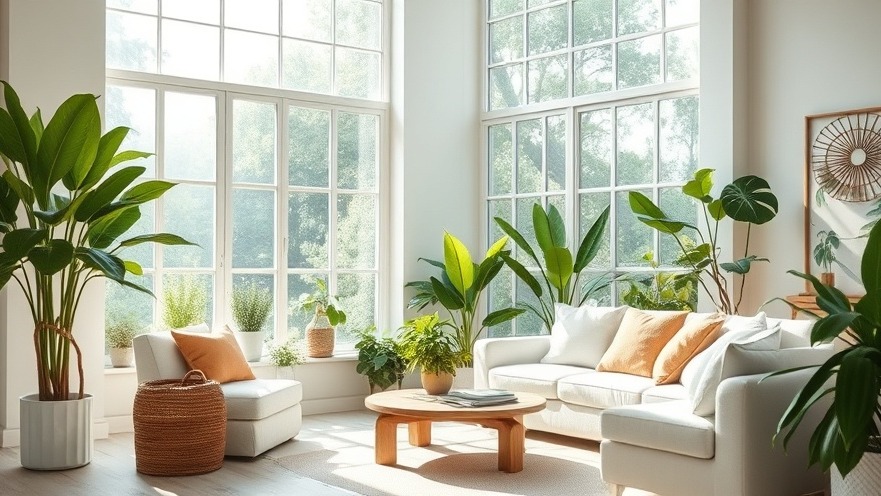
Understanding Negative Pressure in Buildings
Negative pressure in buildings can lead to a range of problems, from drafts and discomfort to serious health risks. Understanding how it occurs is the first step in mitigating its effects. Negative pressure is created when more air is exhausted from a space than is replaced. This can occur in poorly designed ventilation systems or when exhaust fans are used excessively without proper make-up air inflow. In residential and commercial settings, this phenomenon can lead to moisture intrusion, which may cause mold growth and structural damage.
Common Causes and Their Implications
Several factors contribute to negative pressure, including inadequate ventilation systems, unbalanced HVAC systems, and natural events like wind direction. For instance, if a bathroom exhaust fan is significantly more powerful than the intake airflow, it can create a vacuum effect that pulls outside air through cracks and openings. This not only reduces indoor air quality but can also introduce pollutants, allergens, and even pests.
Steps to Preventing Negative Pressure
To counteract negative pressure, implementing solutions that ensure proper air balance is crucial. Firstly, ensuring that any exhaust system has an adequate make-up air supply can minimize negative pressure impacts. Techniques such as installing new dampers, using passive vents, and balancing HVAC systems can significantly improve airflow. Additionally, maintaining regular inspections and incorporating sensors that monitor indoor air quality can help identify pressure-related problems before they escalate.
Why This Matters Today
In an age where energy efficiency and health concerns are at the forefront of building design, understanding and preventing negative pressure is essential. As building codes become more stringent in terms of energy consumption, ensuring proper ventilation while maintaining comfort and health is a growing challenge. Thus, architects and builders must prioritize balanced airflow in their designs to promote healthier living environments.
Future Trends in Environmental Controls
The narrative around air quality and pressure balance in built environments is evolving. Emerging technologies in environmental controls are beginning to provide smarter and more efficient ways to manage indoor air quality. For instance, systems that can adjust in real-time based on occupancy levels and outdoor environmental conditions are becoming more prevalent. Staying ahead of these trends can help you ensure your space meets current and future standards.
Taking Action for a Healthier Space
As awareness grows about the detrimental effects of poor indoor air quality, both homeowners and industry professionals should be proactive in making improvements. Regular assessments of air quality and pressure can lead to a more comfortable, healthier living or working environment. Do your research, consult with professionals in the field, and prioritize designs that incorporate advanced environmental controls.
 Add Row
Add Row  Add
Add 






Write A Comment